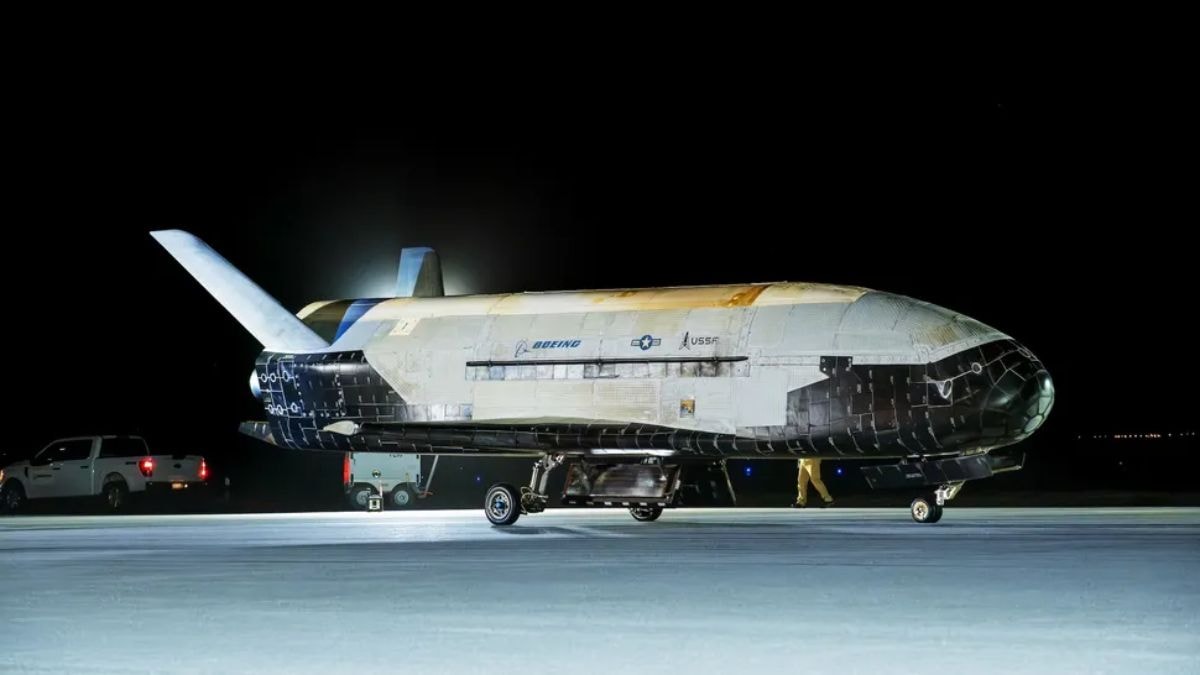On August 21, 2025, a U.S. military space plane, the X-37B Orbital Test Vehicle, is scheduled to launch its eighth mission. Though a few additional things are still classified, one experiment in particular has captured the imagination: a quantum inertial sensor meant to serve as a major new alternative to GPS. This would revolutionise navigation in areas where satellite-based systems are not available or have been degraded. Whether in deep outer space, under the sea, or in hotspots on land, there is an eagerly awaited answer for vulnerabilities in global positioning systems.
X-37B Space Plane to Pioneer Quantum Navigation as GPS Alternative in Space
According to reports, satellite GPS powers everything from civilian smartphones to commercial aviation, but it has critical weaknesses. Signals degrade in space, can't get through water, and are subject to jamming and spoofing in contested environments. Researchers said the X-37B's quantum inertial sensor relies on atom interferometry, where ultracold atoms behave like waves. By measuring interference patterns caused by motion, the sensor provides navigation with exceptional accuracy, without depending on external signals.
Traditional inertial navigation systems, though useful, accumulate small errors over time, drifting from their true position without GPS correction. Quantum sensors, by contrast, use identical atoms immune to mechanical bias, offering orders of magnitude greater stability. Earlier missions, including NASA's Cold Atom Laboratory and Germany's MAIUS-1, have performed atom interferometry in orbit, but this flight is the first attempt to do it directly for long-duration navigation.
Some experts suggest that GPS-free navigation would make the military more resilient and facilitate autonomous navigation on space-exploration missions. The principle is also being offered for submarines and aircraft. And in 2024, Boeing and AOSense demonstrated embedding it onboard aircraft for GPS-free navigation, while the UK had its first quantum navigation test-flight.
The X-37B has the potential to revolutionise quantum technology, making space navigation not just a laboratory physics experiment but something practical for the man on the street – even if such developments are now likely to have military applications, analysts mentioned.

Comments
Post a Comment